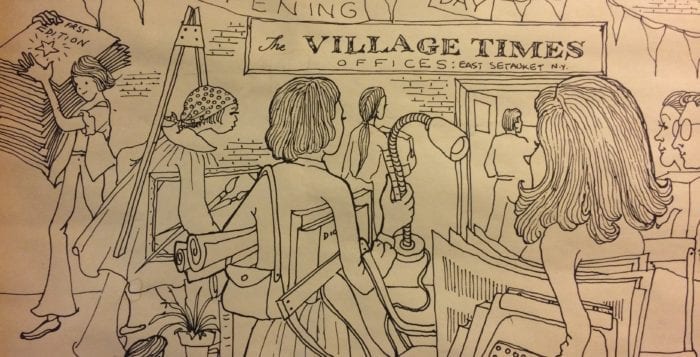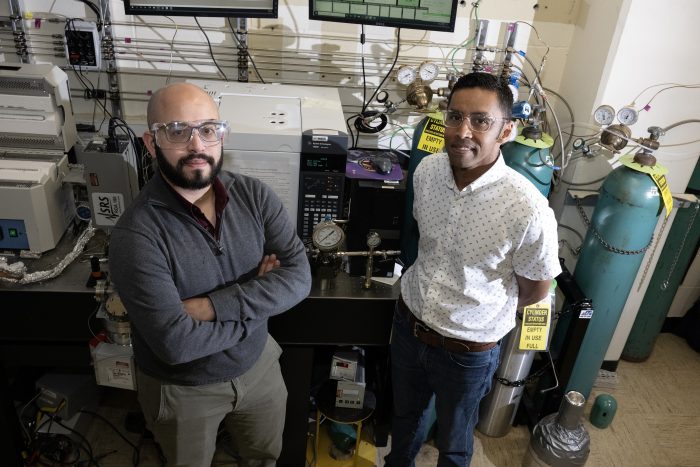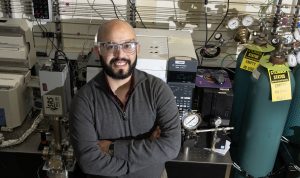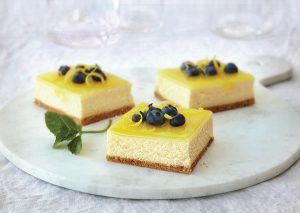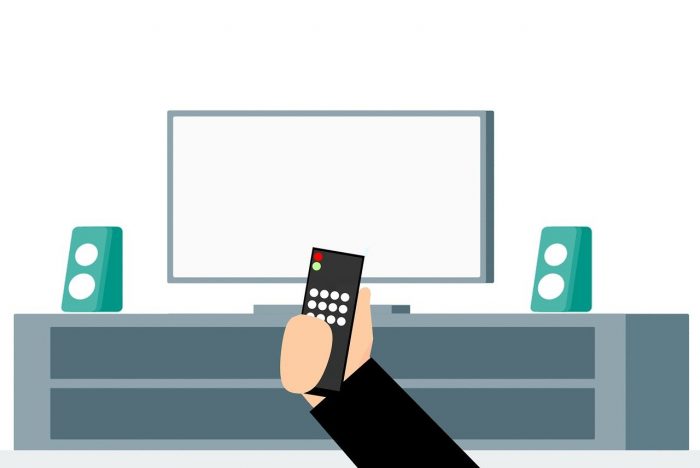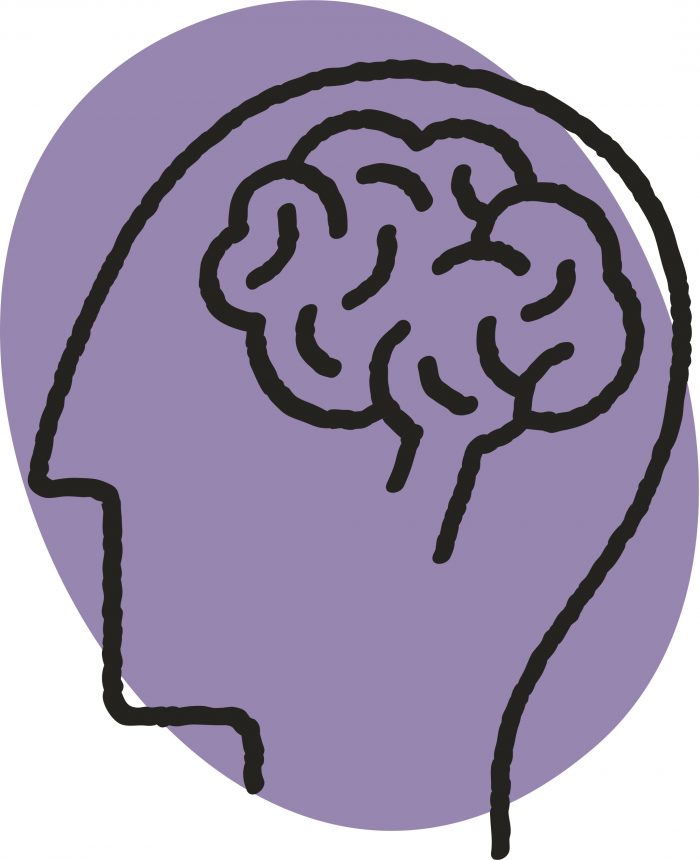By Leah S. Dunaief

Publisher
On Monday. April 8th, there will be two miracles: the eclipse of the sun in North America and the 48th birthday of The Village Times, the flagship paper of TBR News Media. While not in the same category, one being macro and the other micro, they are both remarkable in their own way.
If someone had told me I would be sitting here, writing this column on my computer 48 years after we had sent that first issue to bed, I would have been both stunned and yet not surprised. When we started, I never thought we would fail. Such is the necessary optimism of the entrepreneur. By the same token, where have all those years gone? They can be recaptured in 2,496 issues since so far; we never missed a week.
As for the total solar eclipse, this is the second time in seven years that the moon’s pathway will come between us and the sun, totally blocking out the light on the Earth beneath for as much as four minutes, depending on location. It will take 70 to 80 minutes for the eclipse to become total and the same amount of the time for the moon then to recede from the face of the sun. The route of darkness will begin on the west coast of Mexico and move northeast diagonally to exit off the east coast of Canada.
One way for us to think about all those intervening years since 1976 is by remembering how old our children were and what they were doing then. My sons recall our having a table at the July 4th Bicentennial celebration sponsored by the Three Village Historical Society at which we gave out copies of the three-month old newspaper. It was a great setting at which to introduce ourselves, and we produced a special section for the event. My sons were 10, 8 and almost 7 at the time, and I’m sure I had them moving through the crowd offering newspapers.
My husband, who was an accomplished photographer, had taken the pictures of costumed patriots for the supplement, so the occasion was, for us, a family affair in addition to an historic one.
You might ask how the moon, which is 400 times smaller than the sun, could obscure that solar surface. The answer is that the moon is about 400 times closer to us, and so when the moon is in the right spot, they seem the same size. And when the Earth gets between the moon and the sun, which happens a couple of times a year, we have a lunar eclipse, an occurrence less spectacular than a solar eclipse.
You might also ask how a newspaper started by a handful of housewives and 10 minor investors could possibly compete with established weeklies that had deep-pocketed owners and long histories of publishing. That, truly, was something of a miracle.
Our editorial staff was made up of smart mothers who felt captive in their kitchens and were looking for some sort of additional role in the community. They were willing to accept $5 for an assignment that they would then load their children into the station wagon and go cover, writing up the article after their children were asleep in the evening or their husbands came home to help with the family duties.
And that was after we were able to pay them the fee. Now they were “professionals.” For the first couple of years, we couldn’t pay them anything. Without too much hubris, I want to salute their intelligence and dedication to starting something we felt was of value and would serve our community and ultimately our democracy.
A prominent message of the Bicentennial was the need for accurate information in order for people to govern wisely themselves. That is why the first amendment to the Constitution guarantees freedom of the press and the national treasury partially subsidizes newspapers with discounted postage rates to this day.
We at TBR News Media continue to consider it a privilege to serve you by casting light on current issues.

